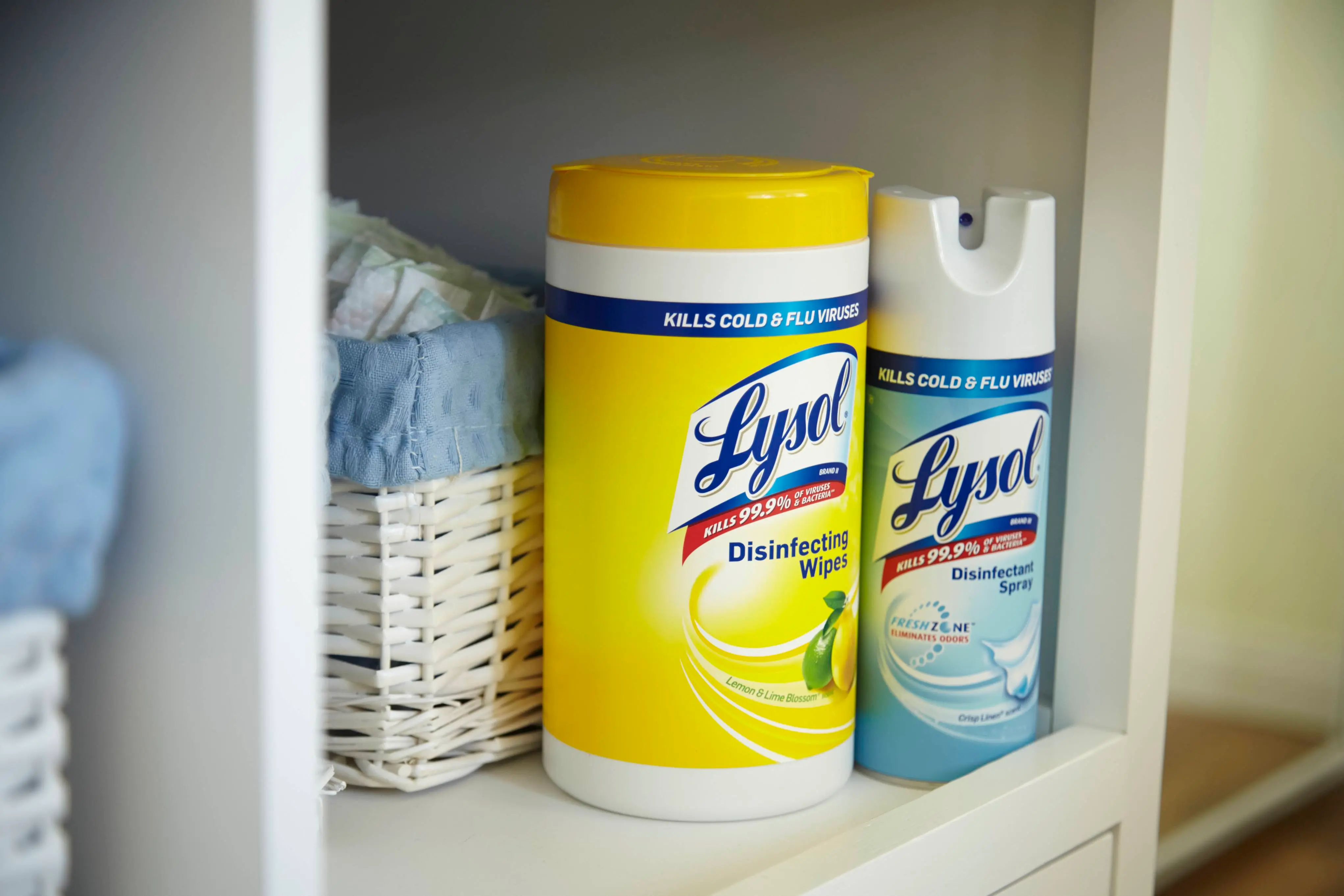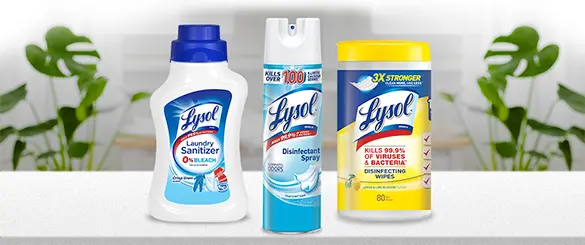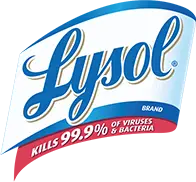Other Illnesses
MRSA Prevention Fact Sheet
Hard to spell. Easy to kill* with Lysol®. Lysol® kills 99.9% of viruses & bacteria, including MRSA!

Download the MRSA Printout
The key to preventing MRSA infections is for everyone to practice good hygiene. Why is this important? MRSA in the community (people without recent close contact with the healthcare system) typically shows up as infections of the skin. Rates of these infections increased rapidly during the past decade and there is little evidence that the risk of developing community MRSA is following the same downward trend as healthcare-associated infections.
The good news is that a few simple hygiene steps can help prevent and reduce the spread of possible Staph infections. To learn more, please visit www.cdc.gov/mrsa
Prevent the spread of MRSA if you have it
Prevent spreading MRSA skin infections to others by following these steps.
Cover your wound.
Keep wounds that are draining, or have pus, covered with clean, dry bandages until healed. Follow your healthcare provider’s instructions on proper care of the wound. Pus from infected wounds can contain Staph, including MRSA, so keeping the infection covered will help prevent the spread to others. Bandages and tape can be discarded with the regular trash.
Clean your hands.
You, your family, and others in close contact should wash their hands frequently with soap and water or use an alcohol-based hand rub, especially after changing the bandage or touching the infected wound.
Do not share personal items.
Avoid sharing personal items such as towels, washcloths, razors, clothing, or uniforms that may have had contact with the infected wound or bandage. Wash sheets, towels, and clothes that become soiled with water and laundry detergent. Use a dryer to dry clothes completely.
Maintain a clean environment.**
Establish cleaning procedures for frequently touched surfaces and surfaces that come into direct contact with your skin.
Talk to your doctor.
Tell any healthcare providers, doctors or nurse practitioners who treat you that you have or have had a Staph or MRSA skin infection. There are things that can be done to protect people who carry Staph/MRSA from getting an infection or spreading it to others when they are in the hospital or have surgery.
MRSA in School
Anyone may follow these personal prevention steps to help prevent MRSA infections, but CDC also provides special information and advice for those in the school community. Please visit www.cdc.gov/mrsa/community/schools/index.html to learn more.
In most cases, it’s not necessary to disrupt day-to-day activities or close schools should a MRSA outbreak occur. If MRSA is reported, areas/surfaces suspected of having been in contact with infected students or staff should be cleaned and disinfected with an EPA-registered cleaner disinfectant that carries either Staphylococcus aureus or MRSA label claims.
Remind all students and staff that proper hand hygiene is critical in helping prevent the spread of infection. Enforce hand washing with soap and water, or with alcohol-based gels or foams in the event that soap and water are not available. Any person with uncovered or open wounds should be referred to the school nurse.
Download the MRSA Printout
Related Articles
DISCLAIMERS:
Healthy Habits® is Presented by Lysol® in collaboration with NEA and National PTA
SOURCES:
*When used as directed: 10 minute contact time
**For the latest recommendations from the CDC on proper surface cleaning and disinfections, please visit www.cdc.gov/mrsa.





